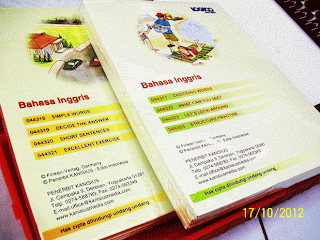How many ways do you know to say hello? Look at these friends greet each other. They arrive, smile, say hello, wave, kiss and hug each other. These young people have very expressive body language.
The number of kisses varies from country to country. In France, for example, it’s often two. If you give one or two extra, don’t worry, no one will tell you off. A kiss too many never did anyone any harm.
Having a drink is a way of strengthening friendships. Again, body language has an important role. Look at this woman, for example. She’s leaning towards the man, who she seems attracted to. These people look like they get on well.
Even if you’re expected, you can still surprise your friend. Put your hands over their eyes and say 'Guess who?' A surprise is guaranteed. Especially if you’ve got very cold hands!
Now let’s see if you’re a gentleman... If you stand up to welcome the woman who arrives and offer her a seat, then your good manners will be noticed. You shouldn't sit down again until the lady is comfortable.
Now that everyone's here, a toast to your long-lasting friendship. Cheers!
Someone calls to you in the street, and you turn round and wave your hand. It’s one of your oldest friends. You're very happy to meet your old acquaintance again. It’s been a very long time since you last saw each other.
What joy to meet up again after so many years! You smile and relive all your shared memories.
In the family, greetings are usually very happy. Even when the in-laws come to visit!
The arrival of their grandparents is always a time for children to celebrate. They rush into granny and granddad’s arms, hoping they’ve brought presents or sweets.
Grandparents often give their grandchildren nicknames. It's a sign of affection.
Children are very affectionate. They say hello by giving Eskimo kisses or rubbing cheeks.
Fortunately, they don’t have the same social constraints as adults! They trust everybody. They're natural and spontaneous, run about hand in hand and play ring-a-ring-a-roses.
Adults, though, are less expressive: they shake hands. A firm and vigorous gesture says hello and a pat on the shoulder is a sign of friendship.
Shaking hands for a long time means that a contract's been signed, that the two people have come to an agreement or that a practical joker has put glue on his fingers!
This gesture seals the decision, and it isn’t only restricted to men. It’s obvious that gestures speak just as loud as words!
See all videos of Tell me More v.5 Beginner level:
What Are You Doing?
Animal World
A Busy Day
Welcoming A New Day
Visiting London
Different Ways of Greeting
Baca juga:
Apa itu TeLL me More?
Kemasan dan Isi Tell me More British English Beginner
Tell me More British English Beginner- List of Lessons
 |  |
 |  |













